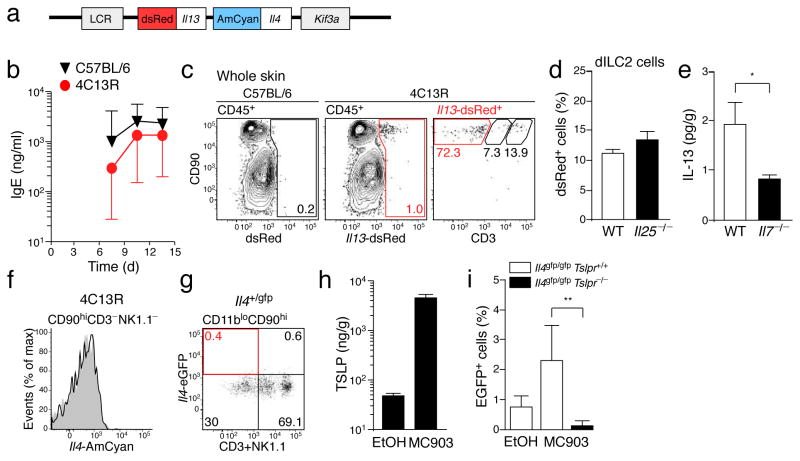Figure 3. IL-13 production by dILC2 during the steady-state.
(a) Schematic of the BAC-clone used to generate the dual reporter transgenic (4C13R) mice that express AmCyan under Il4 regulatory elements and dsRed under Il13 regulatory elements. LCR, Th2 locus control region; Kif3a, kinesin-related protein 3. (b) Serum IgE titers over the course of a Nippostrongylus brasiliensis infection in wild-type (black) and 4C13R transgenic (red) mice. IgE was not detected in uninfected mice (not shown). Data are geometric mean ± 95% CI (n = 3). (c) Representative dotplots of CD45+ cells in the skin of wild-type (left) and 4C13R (middle) mice. Right: Phenotype of Il13-dsRed+ cells in 4C13R skin. Red gate indicates CD90hi CD3− NK1.1− dILC2. (d) Percentage of dILC2 that expressed Il13-dsRed in wild-type and Il25−/− 4C13R mice. (e) IL-13 protein in adult skin homogenates of wild-type (open bar) and Il7−/− (filled bar) mice, as detected by cytokine bead array. Data are mean ± s.d. (n = 8 for wild-type, n = 6 for Il7−/−). *P = 0.0337 (one-tailed unpaired t-test). (f) Representative histogram of Il4-AmCyan expression by dILC2 in 4C13R mice (black line) compared to non-transgenic control (grey histogram). Data are representative of over 10 independent experiments. (g) Representative dotplot depicting eGFP expression by CD45+ CD11blo CD90hi cells in the skin of Il4+/gfp knockin mice. Gates were set using a non-transgenic control. Data are representative of 2 independent experiments. (h) TLSP protein in skin homogenates of MC903-treated mice and vehicle (ethanol, EtOH) treated controls, as detected by ELISA. Data are mean ± s.d. (n = 5 for MC903, n = 4 for EtOH). (i) Percentage of Il4-eGFP+ dILC2 in Il4gfp/gfp (open bars) and Il4gfp/gfp Tslpr−/− (filled bar) mice topically treated with MC903. Data are mean ± s.d. (Il4gfp/gfp EtOH and MC903, n = 4; Il4gfp/gfp Tslpr−/− MC903, n = 5). **P = 0.0047 (unpaired t test).

